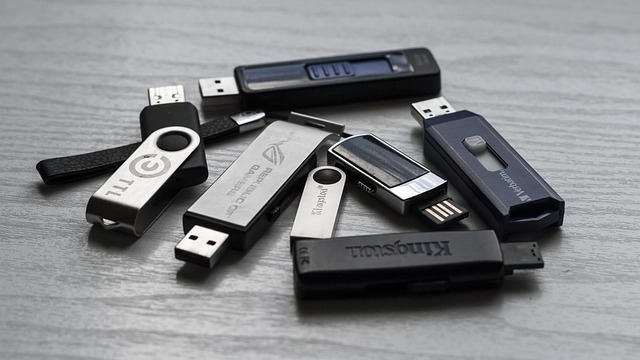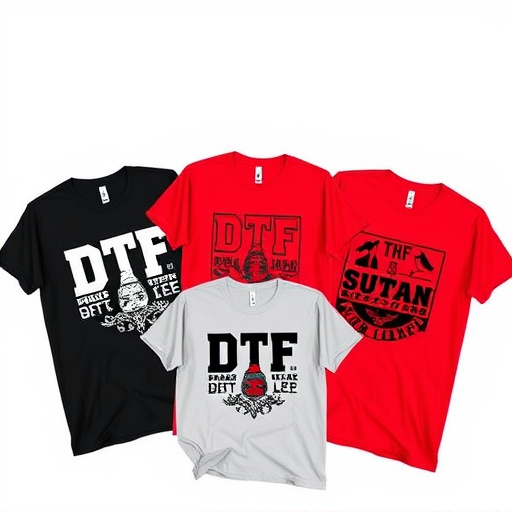DTF (Direct to Film) Film Sheets revolutionize custom printing by directly printing on film, offering faster production, lower costs, and design flexibility for high-quality prints on various materials. To achieve optimal results, avoid misaligning sheets, ensure proper preheating, maintain sharp tools, pre-treat fabrics, ensure precise registration, test printing settings, and regularly clean equipment.
“Unleash the power of DTF (Direct-To-Film) film sheets with this comprehensive guide, designed to help you avoid common pitfalls. From understanding the basics and reaping their benefits to mastering installation techniques and optimizing performance, we’ve got you covered. Learn about critical errors to steer clear of during setup for flawless results. Discover expert tips that will elevate your DTF Film Sheets experience and ensure every application is a success story.”
- Understanding DTF Film Sheets: Basics and Benefits
- Common Mistakes: What to Avoid During Installation
- Optimizing Performance: Tips for Effective Use
Understanding DTF Film Sheets: Basics and Benefits

DTF (Direct to Film) Film Sheets are a cutting-edge technology that has revolutionized the custom printing industry, especially for creating custom t shirts. Unlike traditional methods, DTF allows for direct printing on film using specialized software and heat press machines. This innovative process offers numerous advantages over conventional screen printing techniques.
By using DTF Film Sheets, businesses and designers can achieve high-quality, vibrant prints with exceptional detail on a wide range of materials, from fabrics to plastics. The benefits are vast: faster production times, reduced setup costs, the ability to print on unique and unconventional surfaces, and most importantly, an unparalleled level of design flexibility. This technology is a game-changer for those looking to create on-demand, personalized products with minimal effort and maximum impact.
Common Mistakes: What to Avoid During Installation

When working with DTF Film Sheets, several common mistakes can easily be avoided to ensure optimal results. One major blunder is misaligning the film sheet during installation, which can lead to off-center or distorted prints on the final product. Always double-check your positioning and use alignment guides provided by the manufacturer for precise placement, especially when dealing with intricate designs.
Another frequent error is not preheating the substrate adequately before application. This can result in poor adhesion and a potential failure of the transfer process. Ensure you follow recommended heating guidelines specific to the material and design complexity to achieve the best DTF prints, whether for logos on dft for clothing brands, dtf transfer sheets, or other creative dtf prints.
Optimizing Performance: Tips for Effective Use

To optimize the performance of DTF (Direct to Fabric) film sheets, consider a few strategic tips. First, ensure your cutting tools are sharp and suitable for the material; dull blades can lead to inconsistent results and waste. Second, pre-treat fabrics to guarantee optimal adhesion. Different fabrics require different treatments, so always check the manufacturer’s recommendations. Third, maintain precise registration when placing designs on the sheets to avoid misalignment during transfer, which can ruin the final print quality.
Additionally, while considering bulk DTF shirt production or creating intricate DTF prints, test various settings on your printing machine. Temperature, pressure, and exposure time play significant roles in achieving vibrant and long-lasting colors. Regularly cleaning your film sheets and equipment also prevents buildup, ensuring each print maintains the same high quality as the first. Remember that consistent practice leads to perfection; keep experimenting until you achieve flawless DTF transfers on various fabrics.
In conclusion, mastering the use of DTF Film Sheets can significantly enhance your printing and packaging projects. By understanding their basics and benefits, avoiding common installation mistakes, and optimizing performance, you’ll be able to achieve exceptional results with this innovative technology. Always keep in mind that proper application techniques are key to unlocking the full potential of DTF Film Sheets, ensuring a seamless and efficient workflow.














